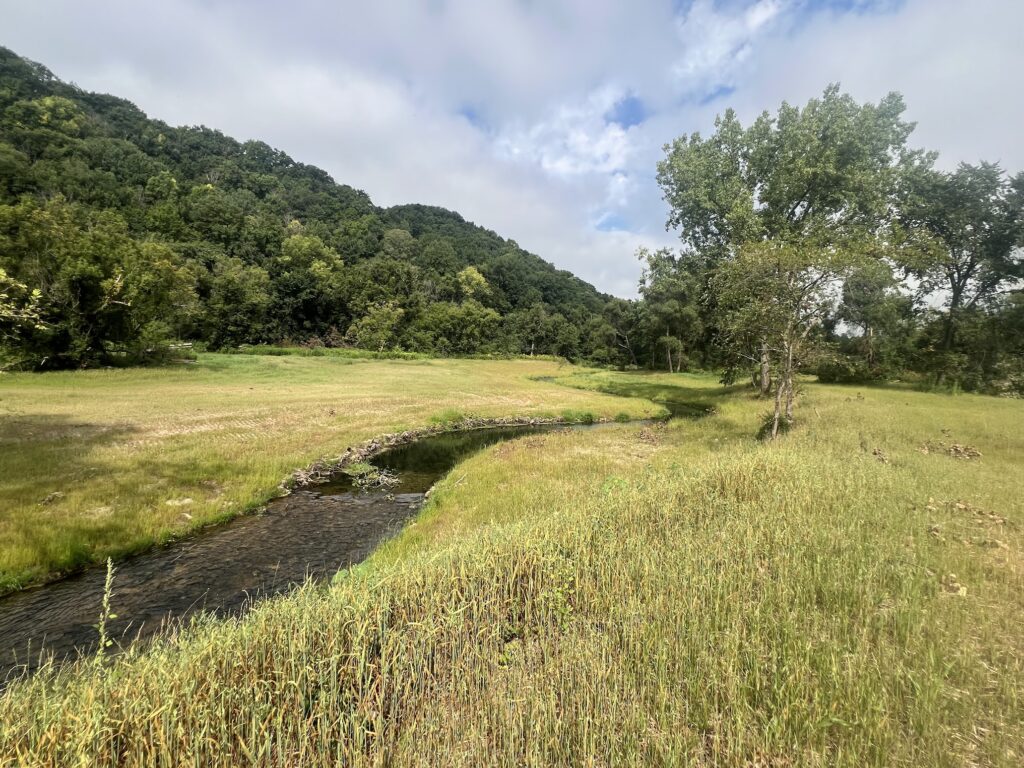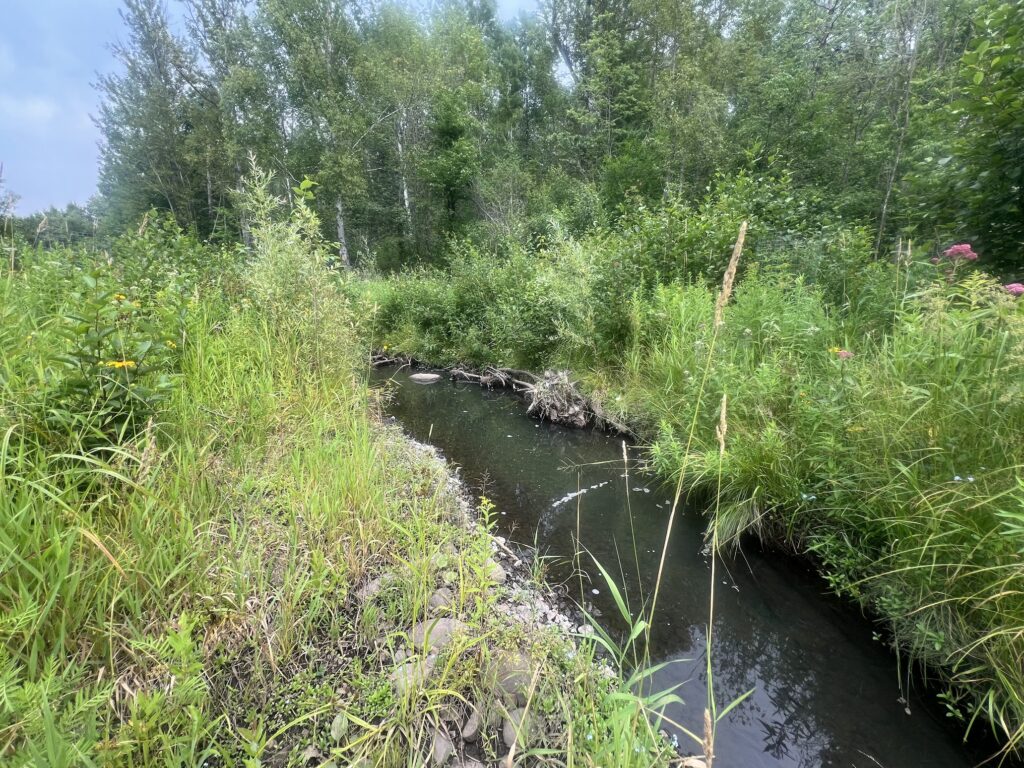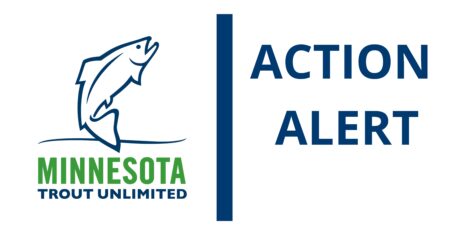What Happens After Stream Restoration? From Bare Soil to Cover Crops to Thriving Native Habitat
When a stream restoration project wraps up, the work on the ground is just beginning. During construction, streambanks are graded and soil is heavily disturbed throughout the project reach. In most cases, to restore the stream’s access to its floodplain we must grade back soil. This requires that most vegetation be cleared , leaving bare soil. Typically most of the easement corridor is excavated to increase flood resilience, usually 66-ft from center line on each side of the stream. This is necessary for reshaping the channel and improving stability, but it also creates the perfect opportunity to start fresh.

Often, riparian corridors are dominated by weedy, invasive, and aggressive plants that provide little ecological benefit. Restoration gives us a “blank slate” to replace those undesirable species with a carefully designed mix of native vegetation.
Immediately after construction, we stabilize the soil by planting a quick-growing cover crop, typically oats and/or rye. (So yes, it might look a little like a golf course during the first year! But be patient…)These fast germinators hold the soil in place and protect it from erosion while native plants take root. Alongside the cover crop, we seed a diverse mix of native grasses and wildflowers, chosen with input from the Minnesota DNR and our restoration consultants to match local soils, hydrology, and habitat needs.
Native plants grow slowly at first, focusing on root development. In year two, they begin to fill in, and by year three, a diverse, resilient plant community is taking hold. Throughout this period, mowing and invasive species control are essential to give natives the sunlight and space they need. Our contractors stay on top of this with the guidance of our consultants and DNR.
The end result? Stabilized streambanks, improved water quality, and rich habitat for trout, pollinators, birds, and other wildlife, ensuring the long-term success of the restored stream.


